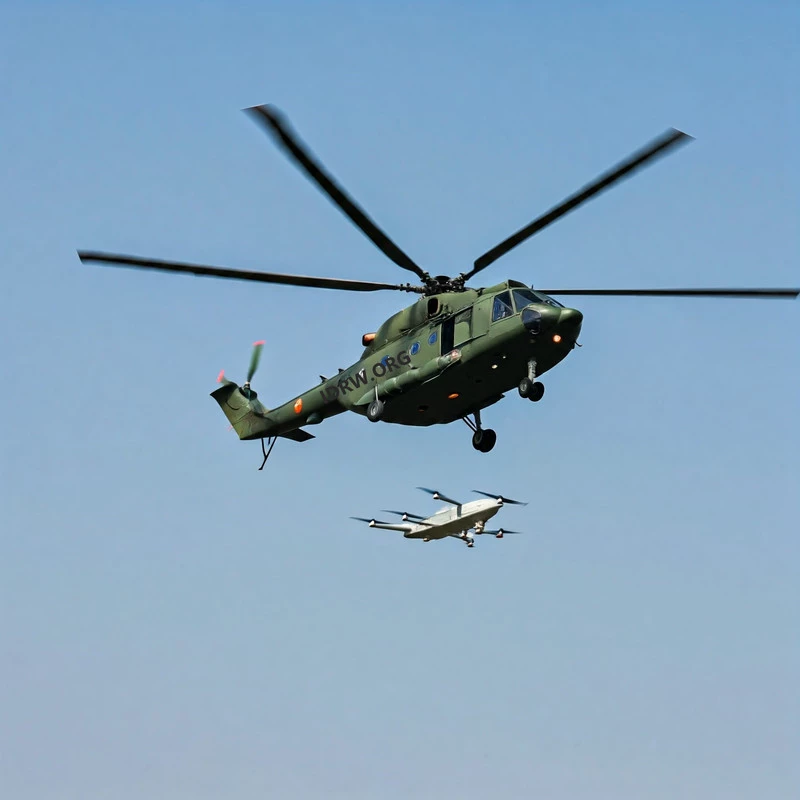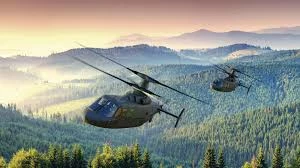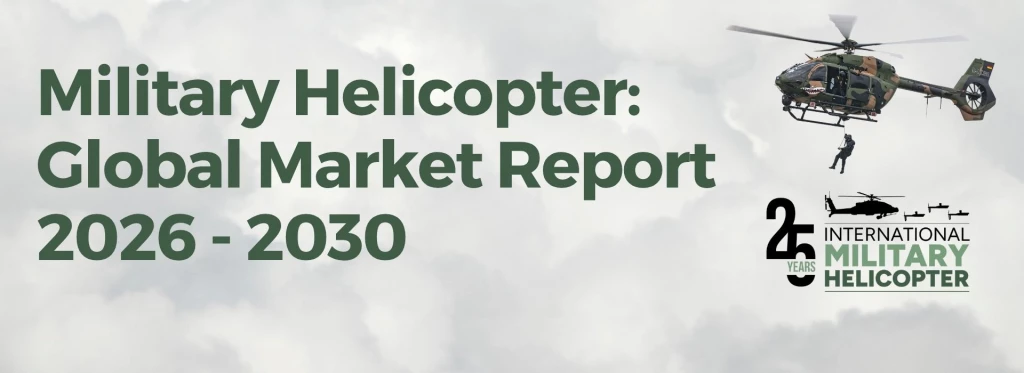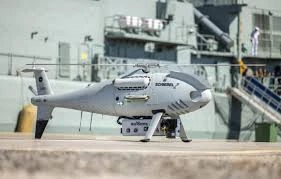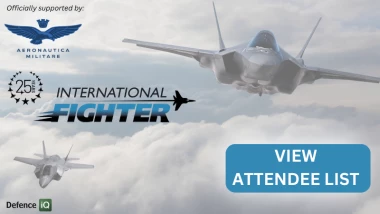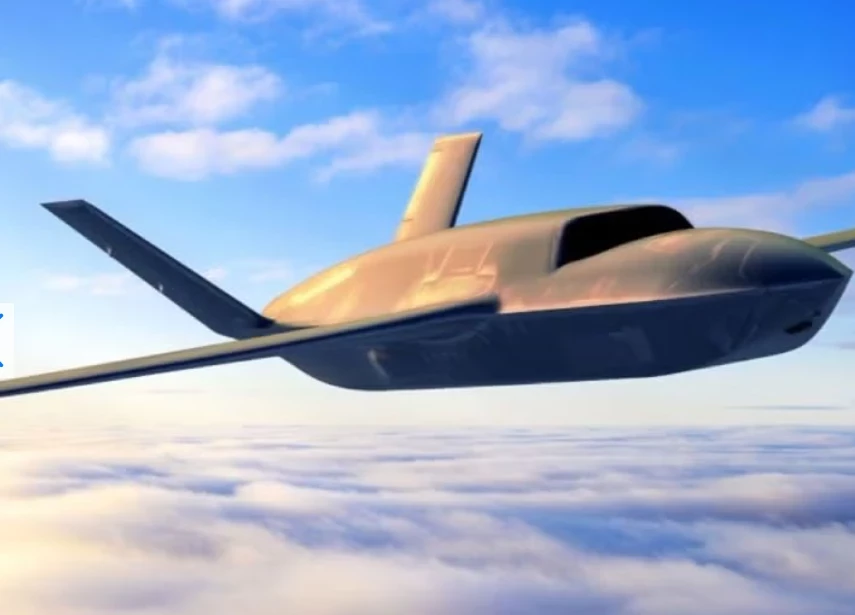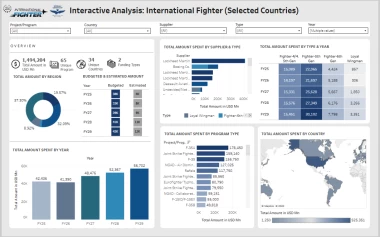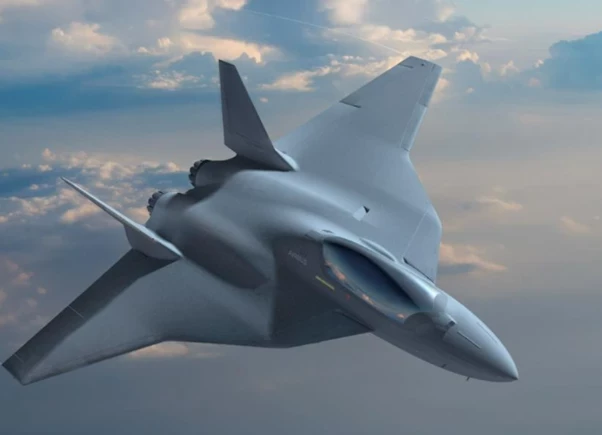UAVs: The future of irregular warfare
Add bookmarkWhat role is the Unmanned Aerial Vehicle (UAV) currently playing in providing intelligence, surveillance and reconnaissance (ISR) to ground troops in irregular warfare environments? How will this function evolve over time?
That was the central theme I posed to Dr. Earl William Powers, a Research Fellow at the United States Marine Corps Warfighting Laboratory, in an interview with Defence IQ today.
"The main reason why I think we were so successful with the UAVs we’re using today is because there’s no threat," Powers said. "There’s no threat from the ground, there’s no threat from the air. We can put them up there, we can have them stand by, and we can use them almost as a reserve.
"The reason that we’re able to use aircraft so successfully is because we usually have a freedom of action because we have air superiority."
With the U.S. and her NATO allies having not only air superiority, but "air supremacy", as Powers suggests, the development of air power technology in irregular warfare is an area where industry can lead innovation based on future requirements, rather than merely reacting to current threats as it is typically forced to do.
"Almost every nation is going to continue to increase their use of UAVs because they’re cheaper and offer less risk," than manned aircraft, Powers said. It was the risk element that Powers continued to play up, saying that "a UAV doesn’t have a mother … for that fact alone we’re going to make more UAVs."
Smaller, faster, armed and accurate: The future of UAVs in irregular warfare
Discussing how the role of UAVs will change over the next ten years Powers explained that capabilities will increase dramatically. He said that UAVs will take on a ‘strike-fighter’ role in the future, with capabilities suited to asymmetric conflicts.
"We’re going to see a move toward more capable UAS that are going to be stealthier, they’re going to be faster, they’re going to be able to carry a bigger payload and they’re going to have longer time on station so they can be used for both long range strikes and be used for irregular warfare. That’s where the biggest move is going to go in the future," Powers explained.
The development of armed UAVs will be critical to their role in future irregular warfare. "We’re looking to get better, more precise weapons," Powers was quick to point out. "The hard part in irregular warfare is that we don’t want any collateral damage. I think the real improvement right now and for the near future is going to be in more precise, smaller weapons that are able to do exactly what we want them to do and nothing else. That’s where the big emphasis is right now."
This strike capability will be a significant advantage to troops on the ground. AeroVironment is already leading the market with ‘kamikaze’ UAVs with an order from the U.S. Army on the cards for its new Switchblade vehicle. Powers expects the weaponized UAV to become a staple for the armed forces in the near future.
"I think you’re going to see a move where you’re going to see more ground units that are going to be equipped with their own small UAVs that they can send out to do the intelligence, surveillance and reconnaissance work that they need. I think you’re going to see a real increase in very small UAVs that are armed, they would almost be like kamikaze weapons, an airborne mortar round that they can identify the enemy, make positive ID and then use those without ever having to worry about coordination or the airspace. They’ll have it with them all the time."
AeroVironment is already ahead of the game, but others are not far behind. Discussing the advancement of UAV technology, Powers stated that we’re progressing "not only at an acceptable rate, it’s even ahead of where the military expected it to be." And he doesn’t just mean the U.S. military: "There are about 70 countries right now working on different kinds of UAS…and they’re all for irregular warfare-type platforms."
So it’s clear the role of UAVs will snowball over the next few years and they will continue to play a critical part in future irregular warfare theatres. The U.S. government is looking to reduce the defence deficit by $1.2 trillion, but the Obama Administration has promised to invest in two areas; one of these is Unmanned Aerial Vehicles.
[eventpdf]





